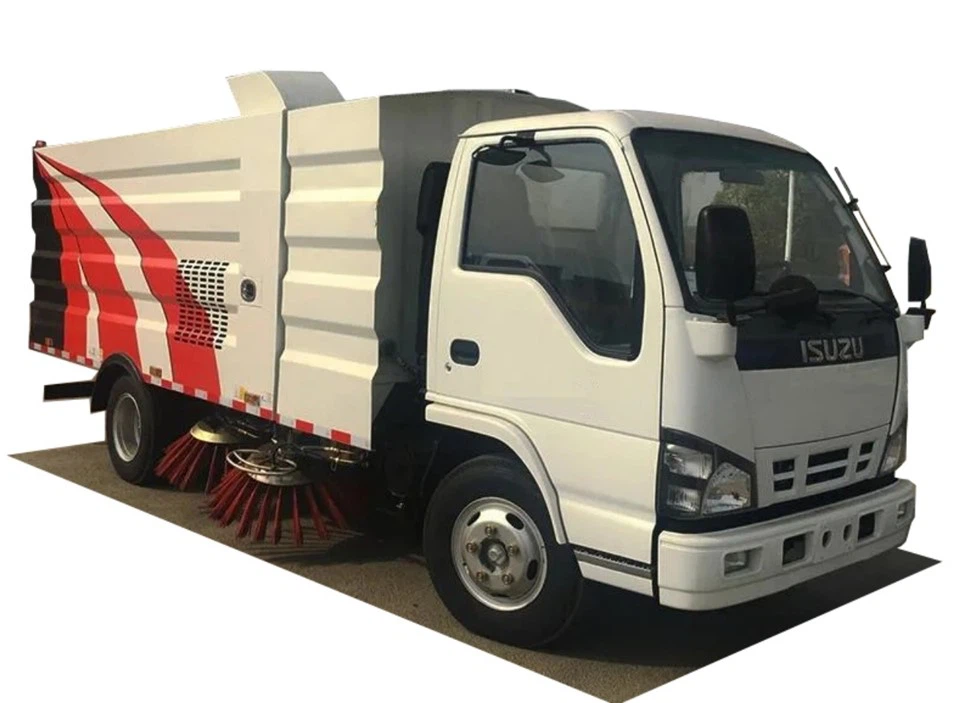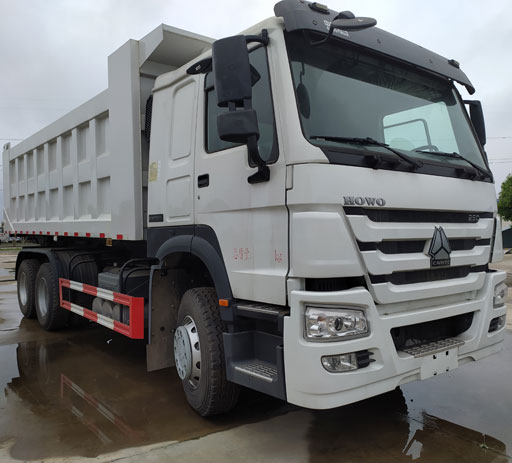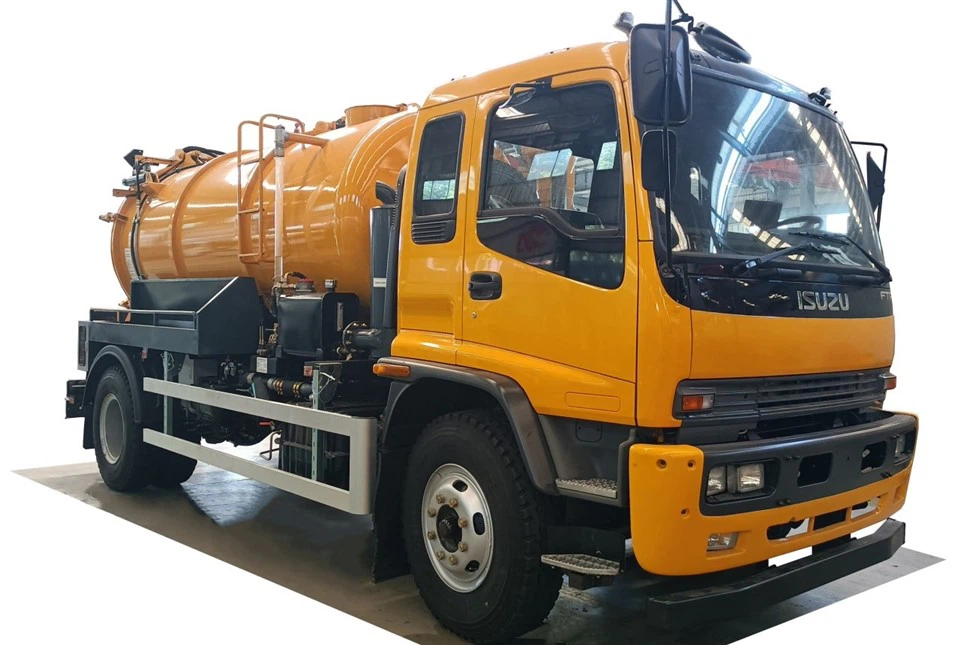Galbreath Roll-Off Parts Manual: Your Ultimate Guide

For those who operate roll-off trucks or work in the waste management industry, understanding the specifics of your machinery is crucial. The Galbreath Roll-Off system is a popular choice for many businesses, offering reliability and efficiency. However, to ensure that your equipment runs optimally, accessing a detailed parts manual is essential. This article will delve into everything you need to know about the Galbreath Roll-Off Parts Manual, including sections detailing various components, troubleshooting tips, maintenance practices, and much more.
What is a Galbreath Roll-Off System?
The Galbreath Roll-Off system is a specialized truck mechanism designed to haul containers with ease. It facilitates quick loading and unloading of debris, making it a preferred choice for various industries, including construction, waste management, and recycling. The system comprises multiple components, each of which plays a vital role in the overall efficiency of the equipment.
Key Components of the Galbreath Roll-Off System
The following sections will outline the critical parts found in a Galbreath Roll-Off system, referencing details that you would find in the parts manual.
1. Hydraulic System
The hydraulic system is crucial for the operation of the roll-off mechanism. It consists of various parts that manage the lifting, lowering, and tilting of the container.
| Component | Description |
|---|---|
| Hydraulic Pump | Provides the necessary pressure to lift and lower the container. |
| Hydraulic Cylinders | Actuates the lifting mechanism by extending and retracting. |
| Hydraulic Hoses | Facilitate oil transfer between the pump and cylinders. |
2. Container and Frame
The container is where the waste or material is stored. The frame supports the structure and connects it to the truck.
The container must be compatible in size and weight capacity with the roll-off system. The frame should be checked for signs of wear and damage regularly.
3. Safety Features
Safety features are critical for protecting the operator and the surroundings. These include:
- Emergency Stop Switch
- Sensor System for Stability
- Safety Chains or Straps
Understanding the Galbreath Roll-Off Parts Manual
The Galbreath Parts Manual provides comprehensive information on the components of the Roll-Off mechanisms, including diagrams, specifications, and part numbers. Understanding how to navigate this manual can save you time and effort when ordering parts or repairing equipment.
How to Use the Parts Manual
When utilizing the parts manual, keep the following in mind:
- Always refer to the correct model of your equipment.
- Review the diagrams closely to identify part locations.
- Use the part numbers for accurate ordering from suppliers.
Examples of Common Parts Listings
Here are some examples of entries you might find in the parts manual:

- Part Number: 12345 – Hydraulic Cylinder Model XYZ
- Part Number: 67890 – Roll-Off Container 20 Cubic Yards
- Part Number: 11223 – Hose Assembly A1B2
Maintenance Tips for Galbreath Roll-Off Systems
Regular maintenance is crucial to ensure the longevity and reliability of your Galbreath Roll-Off system. Here are some essential maintenance practices:
Daily Checks
- Inspect hydraulic hoses for leaks or wear.
- Check oil levels in the hydraulic reservoir.
- Ensure that the roll-off mechanism operates smoothly.
Weekly Maintenance
- Lubricate all pivot points.
- Examine the condition of the safety features.
- Clean any accumulated debris or dirt from the system.
Troubleshooting Common Issues
Even with proper maintenance, issues can arise. Here are a few common problems and potential solutions:
1. Hydraulic System Failure
If the hydraulic system is not functioning correctly, check for:
- Low hydraulic fluid levels.
- Loose or damaged hydraulic hoses.
- Malfunctioning hydraulic pump.
2. Container Not Locking Properly
For containers that fail to lock, inspect:
- Locking mechanism for debris.
- Alignment issues with the frame.
- Wear and tear on locking components.
Parts Ordering and Supplier Information
When it comes time to order parts for your Galbreath Roll-Off system, knowing where to go is essential. Here are steps and tips to ensure you get the parts you need:
Identifying the Right Suppliers

- Check with local equipment dealers.
- Visit authorized Galbreath distributors online.
- Reach out to salvage yards for used parts.
Placing Your Order
When placing an order, always provide:
- The part number as listed in the manual.
- Your machine’s serial number for compatibility verification.
- Delivery details and payment preference.
Safety Protocols and Best Practices
Safety when operating a Galbreath Roll-Off system cannot be overstated. Here are some best practices:
Operator Training
All operators should undergo training that covers:
- Equipment operation and controls.
- Safety protocols for loading and unloading.
- Emergency response procedures.
Personal Protective Equipment (PPE)
Ensure operators wear appropriate PPE, such as:
- Hard hats
- Steel-toe boots
- High-visibility vests
Frequently Asked Questions (FAQs)
1. What should I do if I lose my parts manual?
If you lose your Galbreath parts manual, you can often find a digital version on the official Galbreath website or request a replacement from customer service.
2. How often should I perform maintenance on my roll-off system?
Daily checks are recommended, with more thorough maintenance conducted on a weekly and monthly basis, depending on usage volume.
3. Can I use other brand parts on my Galbreath Roll-Off system?
While some parts may be interchangeable, it’s best to use OEM (Original Equipment Manufacturer) parts to ensure compatibility and reliability.
4. How do I troubleshoot hydraulic issues?
Start by checking hydraulic fluid levels, inspecting hoses for leaks, and testing the pump for functionality.
5. What are the signs of wear on my roll-off system?
Common signs of wear include leaks in the hydraulic system, unusual noises during operation, and difficulty in locking the container.
6. Where can I find additional resources on Galbreath Roll-Off systems?
Additional resources can be found on the manufacturer’s website, industry forums, and through customer service representatives.

Conclusion
In summary, equipping yourself with knowledge about the Galbreath Roll-Off parts manual is essential for effective operation and maintenance of your machinery. From understanding key components to knowing how to troubleshoot issues, this guide serves as a comprehensive resource for operators. By following safety protocols and maintenance practices, businesses can ensure their roll-off systems remain efficient and safe for years to come.
